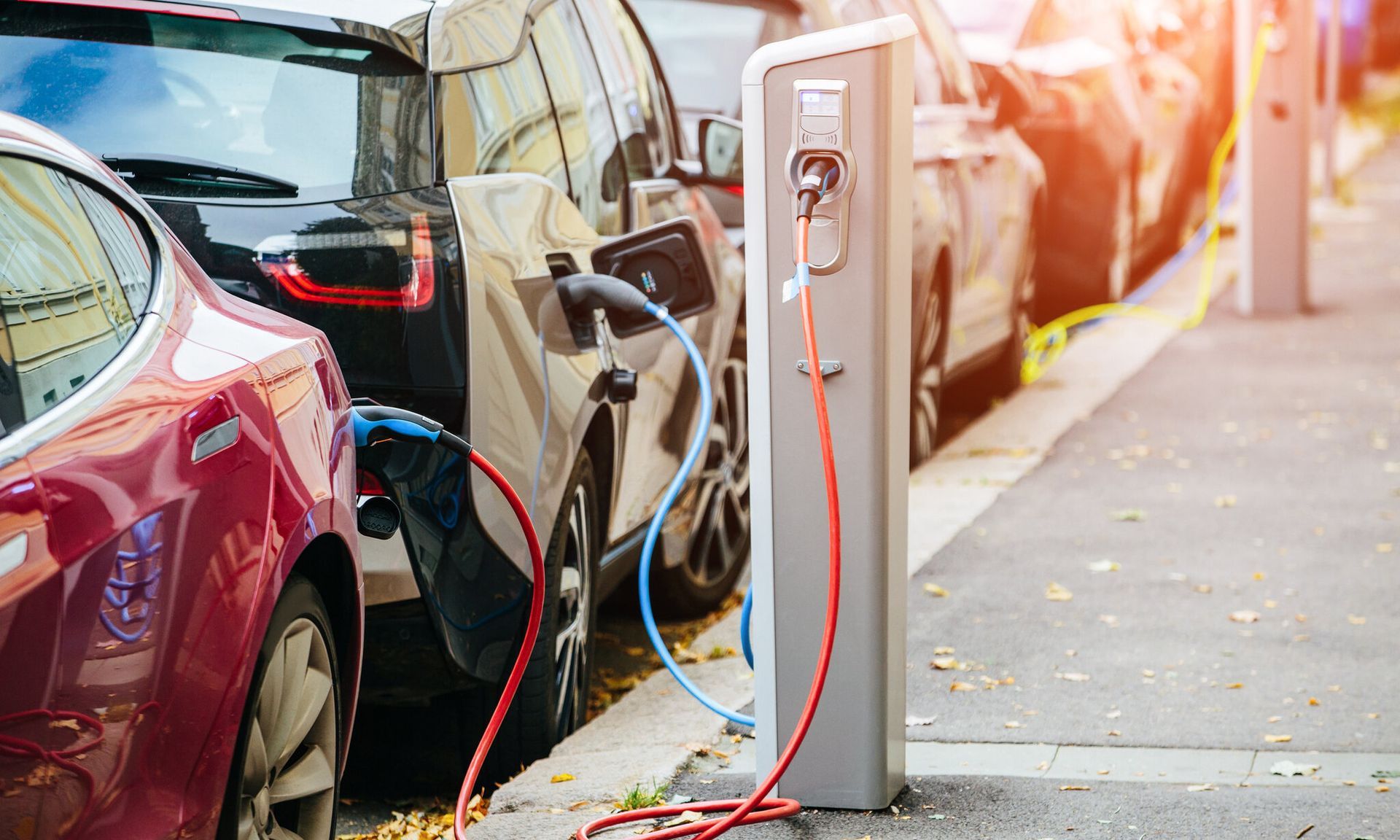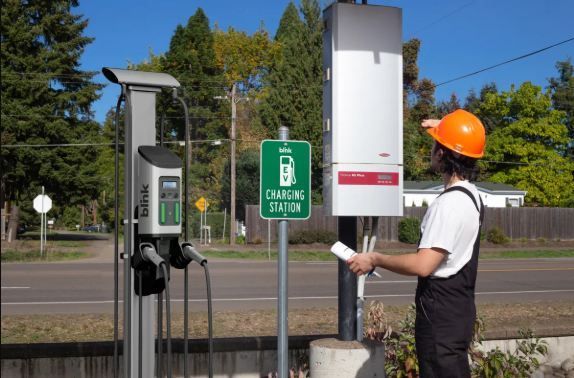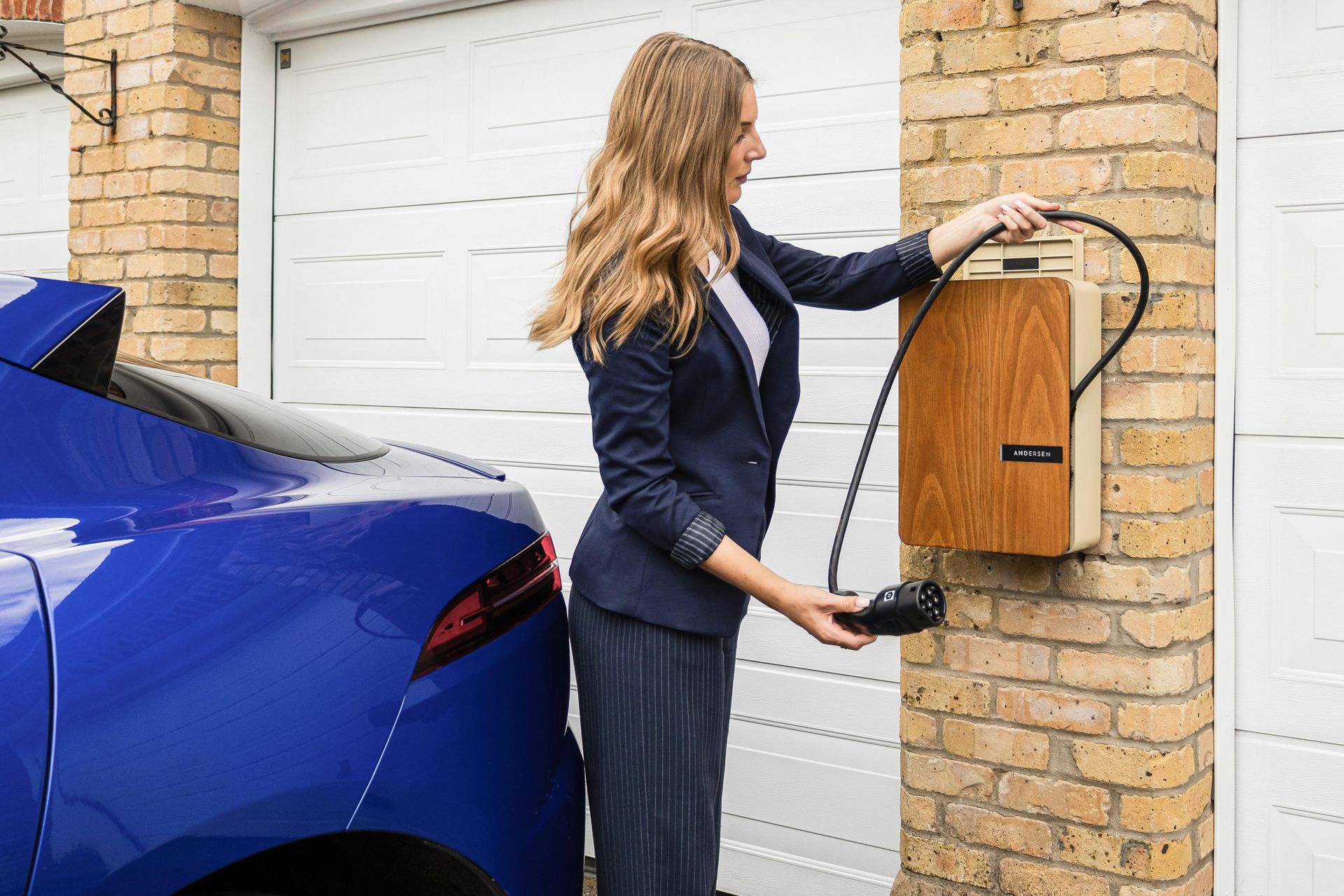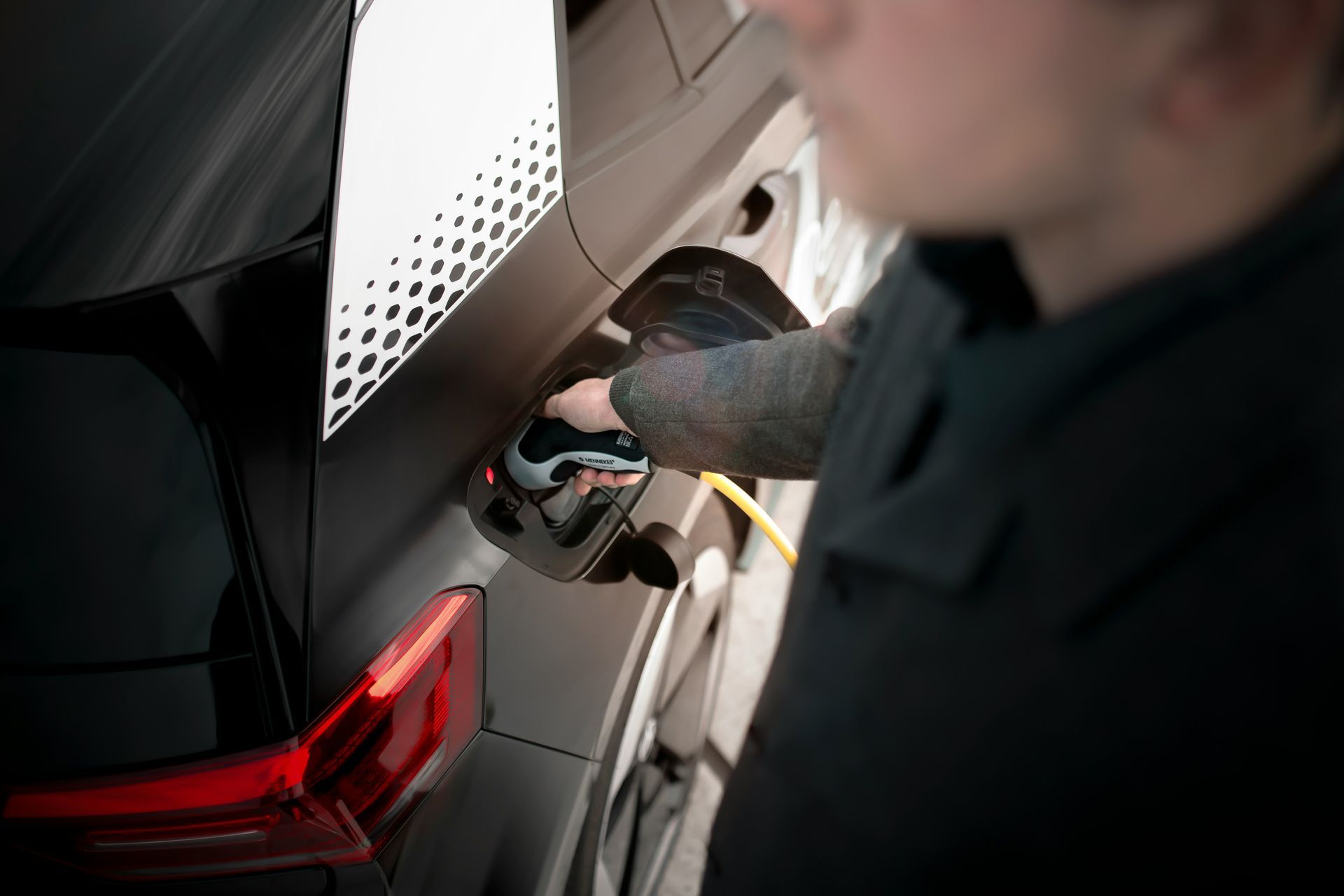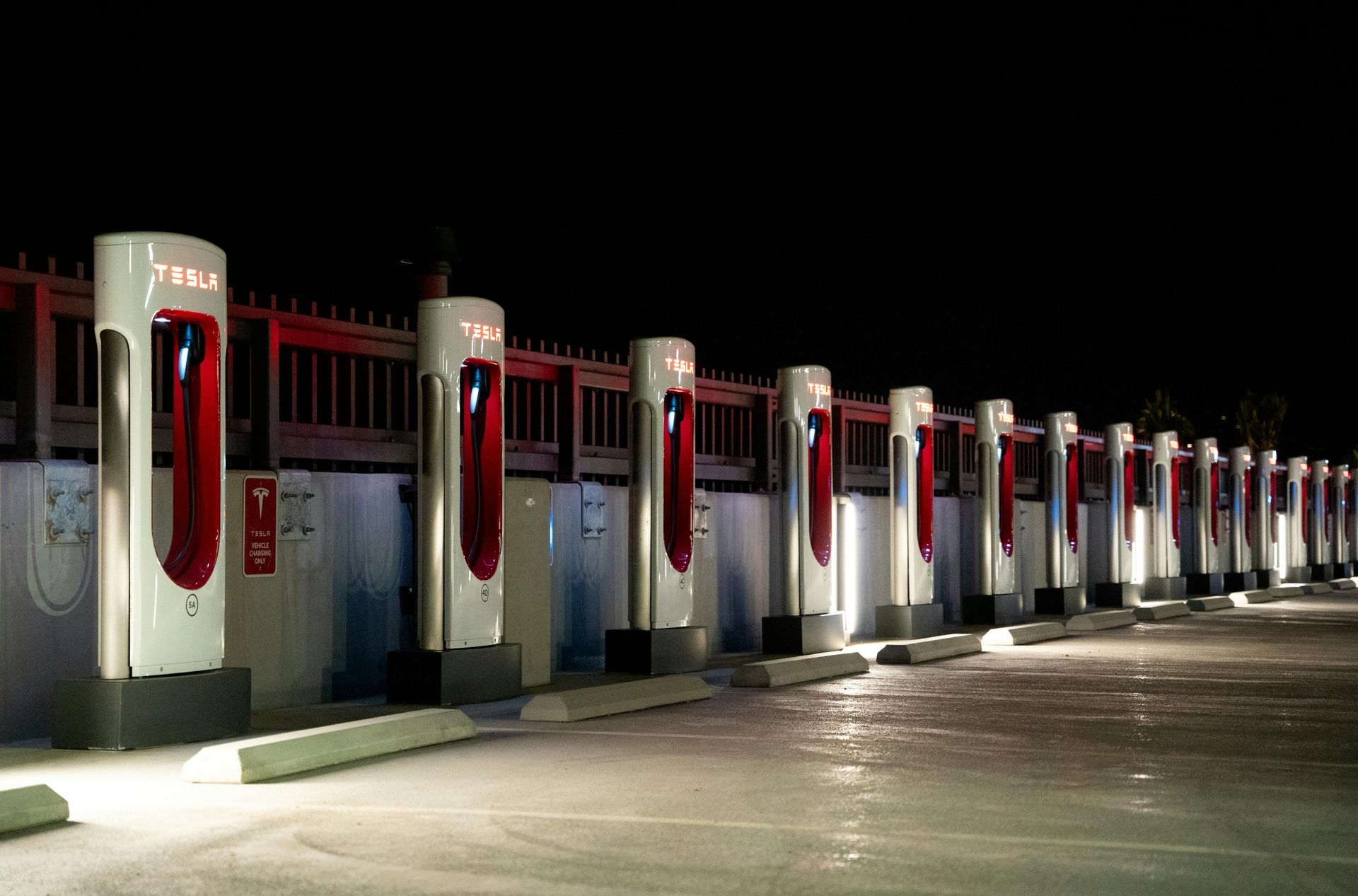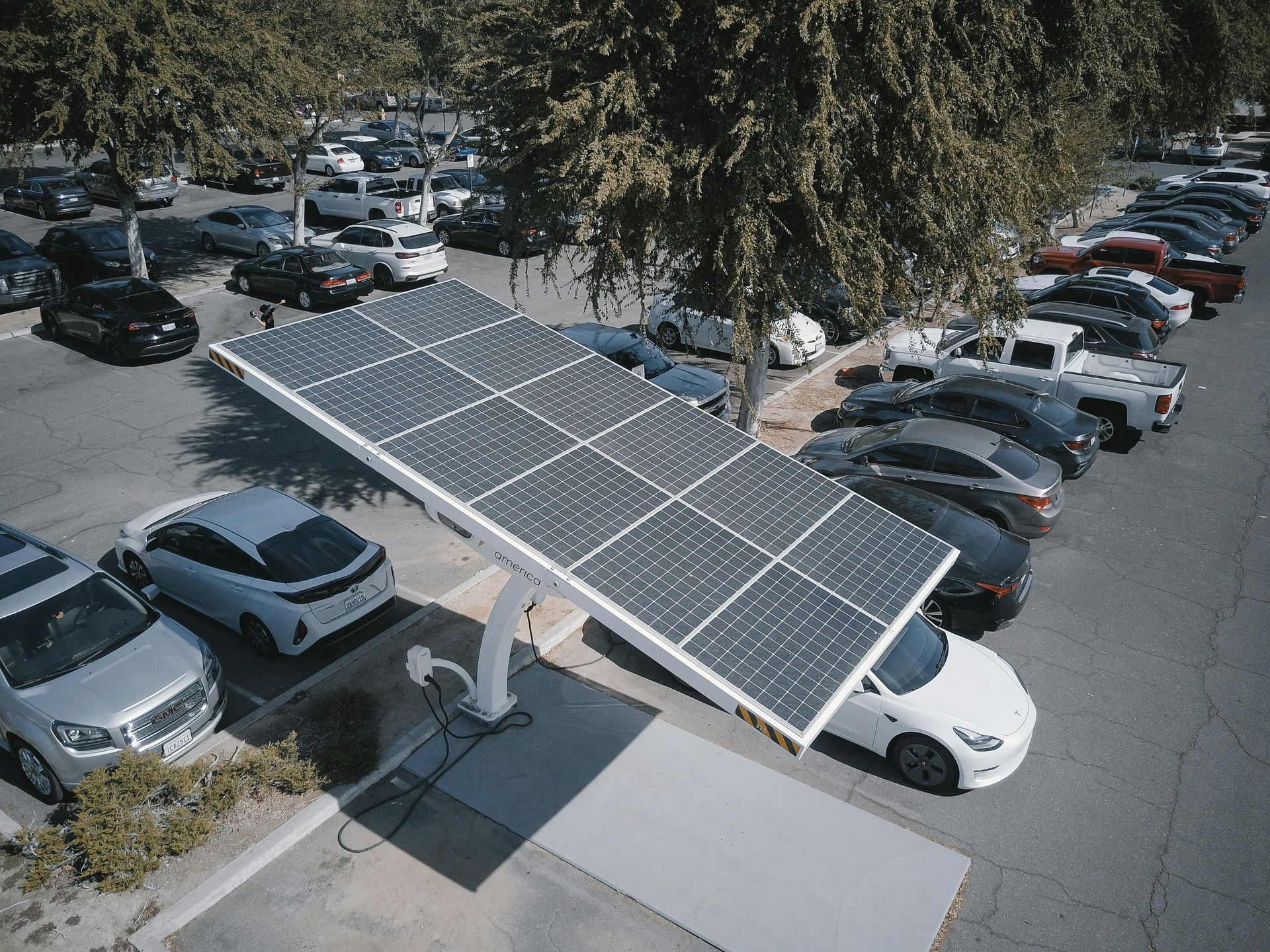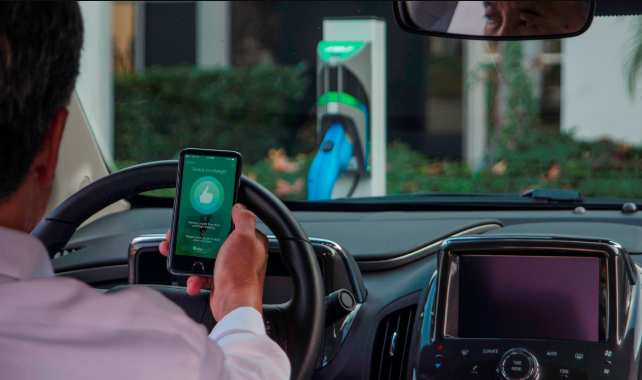Top 10 Electric Vehicle Myths Debunked: What You Should Really Know
Examine the most common myths surrounding electric vehicles.
Introduction
As electric vehicles continue their rapid transition from novelty to mainstream, misconceptions and outdated information still cloud many discussions about EVs. Whether you're considering making the switch to electric or simply curious about the technology, separating fact from fiction is essential for making informed decisions.
Many of today's most persistent electric vehicle myths originated during the early days of modern EVs when the technology was indeed more limited and infrastructure was sparse. However, the electric vehicle landscape has evolved dramatically in recent years, rendering many of these concerns obsolete.
In this comprehensive guide, we'll examine the most common myths surrounding electric vehicles and provide the current reality based on today's technology, infrastructure, and market conditions. By addressing these misconceptions head-on, we hope to provide clarity for anyone evaluating whether an electric vehicle might be right for them.
1. Myth: EVs Are Too Expensive
The Upfront Cost Perspective
One of the most persistent myths about electric vehicles is that they're prohibitively expensive compared to conventional vehicles. While it's true that the purchase price of many EVs is higher than their gas-powered counterparts, this perspective presents an incomplete picture.
The EV market has diversified significantly, with options now available across multiple price points:
- Entry-level models starting around $27,000 (before incentives)
- Mid-range options between $35,000-$45,000
- Luxury and performance models at higher price points
When federal tax credits (up to $7,500) and state incentives (which can add thousands more in savings) are applied, the initial price gap narrows considerably or sometimes disappears entirely.
The Total Cost of Ownership Reality
The true cost comparison between electric and conventional vehicles emerges when considering total ownership costs over the vehicle's lifetime:
Maintenance Savings: Electric vehicles have significantly fewer moving parts than internal combustion engines. This translates to real-world savings:
- No oil changes ($30-75 every 3,000-5,000 miles)
- No transmission service ($150-250 every 30,000-60,000 miles)
- Reduced brake wear due to regenerative braking ($300-800 per brake job)
- No timing belts, spark plugs, or fuel pumps to replace
Consumer Reports estimates that EV owners save an average of 50% on maintenance costs compared to conventional vehicle owners.
Fuel Cost Savings: The cost difference between electricity and gasoline creates substantial ongoing savings:
- Average cost to fully charge an EV with 250-mile range: $8-15 (depending on local electricity rates)
- Cost to fuel a conventional vehicle for 250 miles (25 MPG at $3.50/gallon): $35
For a driver covering 15,000 miles annually, this represents $1,600-2,000 in annual fuel savings, or $8,000-10,000 over five years of ownership.
Depreciation Considerations: While depreciation varies by model, many electric vehicles now hold their value comparably to conventional vehicles, particularly as battery technology improves and consumer acceptance grows. Some models with strong brand recognition and performance characteristics have shown exceptional value retention.
When these factors are combined, the total cost of ownership for many electric vehicles is now lower than comparable gas-powered models, especially for drivers who keep their vehicles for 5+ years or drive more than average annual mileage.
2. Myth: Charging Takes Too Long
Understanding Charging Contexts
The myth that charging an EV takes too long typically stems from comparing the fastest possible gas station fill-up (3-5 minutes) with the longest possible EV charging scenario (public Level 2 charging). This comparison misses the fundamental difference in how EV owners typically charge their vehicles.
The Home Charging Advantage: For the 80-90% of EV owners who charge at home, the experience is fundamentally different from refueling a gas vehicle:
- Plug in when you arrive home, unplug when you leave
- 30-40 seconds of actual user engagement time
- No special trips to charging/fueling stations
- Wake up to a full "tank" every morning
Unlike gas vehicles where you must be present during the entire fueling process, EV charging happens while you're doing other things—sleeping, working, shopping, or dining.
Charging Speed Realities
When discussing charging speed, it's important to differentiate between different charging levels:
Level 1 Charging (Standard 120V outlet):
- Adds about 3-5 miles of range per hour
- Suitable for plug-in hybrids or EVs with limited daily driving needs
- No additional equipment required beyond the cable that comes with the vehicle
Level 2 Charging (240V, similar to a dryer outlet):
- Adds 25-40 miles of range per hour
- Fully charges most EVs overnight (8-10 hours)
- Common for home installation and public charging locations
DC Fast Charging:
- Adds 100-200+ miles of range in 30 minutes (depending on vehicle and charger capabilities)
- Newest generation chargers can add up to 200 miles in 15 minutes for compatible vehicles
- Primarily used for road trips or very high-mileage days
For day-to-day driving, most EV owners spend less time "refueling" than gas vehicle owners because they charge at home overnight or at work during the day—times when the vehicle would be parked anyway.
The Road Trip Perspective
On road trips, charging does require more stops than a gas vehicle would need. However, the practical impact is often overstated:
- Modern EVs with 250-300+ mile ranges typically need a charging stop every 3-4 hours of driving
- These stops align well with recommended driving breaks for safety and comfort
- Fast-chargers strategically located along major travel corridors minimize detours
- Many charging stations are located near restaurants, shops, and restrooms, allowing drivers to multitask during charging
The latest generation of EVs with 800-volt architecture (like the Porsche Taycan, Hyundai Ioniq 5, and Kia EV6) can charge from 10-80% in as little as 18 minutes, further reducing the practical difference between EV charging and gas refueling on long trips.
3. Myth: EVs Have Limited Range
Today's EV Range Capabilities
The concern about limited range—often called "range anxiety"—was legitimate in the early days of EVs when many models offered less than 100 miles of range. Today's electric vehicle landscape tells a very different story:
Current EV Range Spectrum:
- Entry-level EVs: 150-200 miles per charge
- Mainstream EVs: 250-300 miles per charge
- Long-range models: 300-400+ miles per charge
These ranges compare favorably to many gas vehicles. Consider that a vehicle getting 25 MPG with a 15-gallon tank has a theoretical range of 375 miles—similar to many of today's electric vehicles.
Real-World Range Considerations
Like gas vehicles, actual EV range varies based on several factors:
Factors That Affect Range:
- Driving speed (highway speeds reduce efficiency)
- Temperature (extreme cold or heat impacts battery performance)
- Terrain (mountainous roads require more energy)
- Driving style (aggressive acceleration reduces range)
Modern EVs provide sophisticated range estimation that accounts for these variables, giving drivers accurate predictions of available range. Additionally, navigation systems in most EVs automatically plan charging stops on longer journeys based on real-time range projections and charging station availability.
Range Improvements Continue
Battery technology continues to evolve rapidly, with energy density improvements of 5-8% annually. This translates to longer ranges, faster charging, or smaller/lighter batteries for the same range. Solid-state batteries, expected to begin appearing in production vehicles in the next few years, promise even more significant improvements in range, charging speed, and durability.
For the average American driver who travels approximately 40 miles per day, even the shortest-range modern EVs provide several days of typical driving between charges, making range limitations largely irrelevant for daily use.
4. Myth: EVs Are Not as Powerful
Electric Performance Advantages
The myth that electric vehicles lack power or performance compared to conventional vehicles persists despite overwhelming evidence to the contrary. In reality, the instant torque delivery of electric motors provides performance advantages in many driving scenarios:
Acceleration Capabilities:
- Entry-level EVs typically accelerate from 0-60 mph in 6-8 seconds
- Performance-oriented EVs achieve 0-60 mph in 3-5 seconds
- High-performance electric models reach 60 mph in under 3 seconds, outperforming all but the most exotic supercars
The Tesla Model S Plaid, Lucid Air, and Rimac Nevera have reset expectations for vehicle acceleration, achieving 0-60 mph times previously unimaginable in production vehicles with conventional drivetrains.
Beyond Straight-Line Speed
Electric vehicles offer performance advantages beyond acceleration:
Handling Benefits:
- Lower center of gravity due to battery placement improves stability
- Even weight distribution enhances balance during cornering
- Precise torque control allows for advanced traction management
Towing and Utility: Contrary to perceptions that EVs lack utility capabilities, many electric models offer impressive towing capacity:
- Ford F-150 Lightning: up to 10,000 pounds towing capacity
- Rivian R1T: 11,000 pounds
- Tesla Cybertruck: advertised with 14,000+ pounds towing capability
These capabilities match or exceed many conventional trucks and SUVs in their respective classes.
The Quieter Performance Revolution
One less-discussed aspect of electric performance is the refinement of the driving experience. Without engine noise and vibration, EVs deliver a smoother, quieter ride that many drivers prefer once experienced. This is particularly noticeable in premium and luxury vehicles, where cabin quietness has always been a valued characteristic.
Performance is ultimately subjective, but by virtually any objective measure—acceleration, responsiveness, or advanced driving dynamics—today's electric vehicles compete with or exceed their conventional counterparts.
5. Myth: Charging Infrastructure Is Inadequate
The Expanding Charging Network
Concerns about charging infrastructure insufficiency were well-founded in the early days of electric vehicles when charging stations were sparse and often unreliable. Today's reality shows dramatic improvement:
Current Charging Landscape:
- Over 50,000 public charging stations in the U.S. with 130,000+ individual charging ports
- DC Fast Chargers available along most major highways and travel corridors
- New installations accelerating with billions in public and private investment
The Infrastructure Investment and Jobs Act alone allocates $7.5 billion for EV charging infrastructure, with a goal of building a network of 500,000 chargers nationwide by 2030.
Public vs. Private Charging
Understanding the charging landscape requires recognizing the fundamental difference in fueling paradigms:
Gas Vehicle Refueling:
- 100% dependent on public fueling infrastructure
- Requires dedicated trips to gas stations
EV Charging Distribution:
- 80-85% of charging happens at home or workplace
- Public charging primarily serves road trips and apartment dwellers
- Opportunity charging occurs during routine stops (shopping, dining, etc.)
This difference means that for most EV owners with home charging capability, public charging availability is a secondary consideration used primarily for extended trips rather than daily needs.
Charging Network Quality Improvements
Beyond simple station count, the quality and reliability of charging infrastructure continue to improve:
Network Enhancements:
- Multiple charging plugs per location increasing redundancy
- Higher power levels (150-350 kW) reducing charging times
- Improved reliability through better maintenance and monitoring
- Enhanced user experience with reservation systems and plug-and-charge technology
Major investments from automakers are also transforming the charging landscape. Tesla's Supercharger network—widely recognized as the gold standard for reliability and user experience—is beginning to open to non-Tesla vehicles, significantly expanding access to one of the most robust charging networks.
Urban Charging Solutions
For urban dwellers without dedicated home charging, solutions are expanding:
- Workplace charging programs increasingly common at major employers
- Charging stations in apartment and condo parking facilities
- Urban DC fast charging hubs in convenient locations
- Curbside charging integrated with streetlights and parking meters in some cities
While gaps in infrastructure remain, particularly in rural areas and for residents of multi-unit dwellings without dedicated parking, the situation is improving rapidly as both public and private investment accelerates.
Conclusion
As we've explored these common electric vehicle myths, a clear pattern emerges: many persistent concerns about EVs are based on outdated information or misconceptions that don't reflect current technology and infrastructure. Today's electric vehicles offer compelling alternatives to conventional vehicles across multiple dimensions:
- Total cost of ownership that often favors electric models, especially with available incentives
- Charging paradigms that provide convenience advantages for everyday use
- Range capabilities that meet or exceed the needs of most drivers
- Performance characteristics that rival or surpass conventional vehicles
- Rapidly expanding charging infrastructure with continuous improvement
While electric vehicles aren't yet the perfect solution for every driver in every situation, the gap continues to narrow as technology advances and infrastructure expands. For many drivers—particularly those with home charging capability and typical driving patterns—an electric vehicle already represents a superior option that offers environmental benefits without compromising on practicality or performance.
As you consider your next vehicle purchase, we encourage you to evaluate electric options based on current facts rather than persistent myths. The reality of today's electric vehicles might surprise you.
Ready to Learn More About Electric Vehicles?
At MyEVExperts, we specialize in helping drivers understand the realities of electric vehicle ownership and charging. From home charging installation to guidance on public charging networks, our team provides expert advice tailored to your specific situation.
Contact us today to learn more about electric vehicles and discover whether an EV might be the right choice for your next vehicle!

